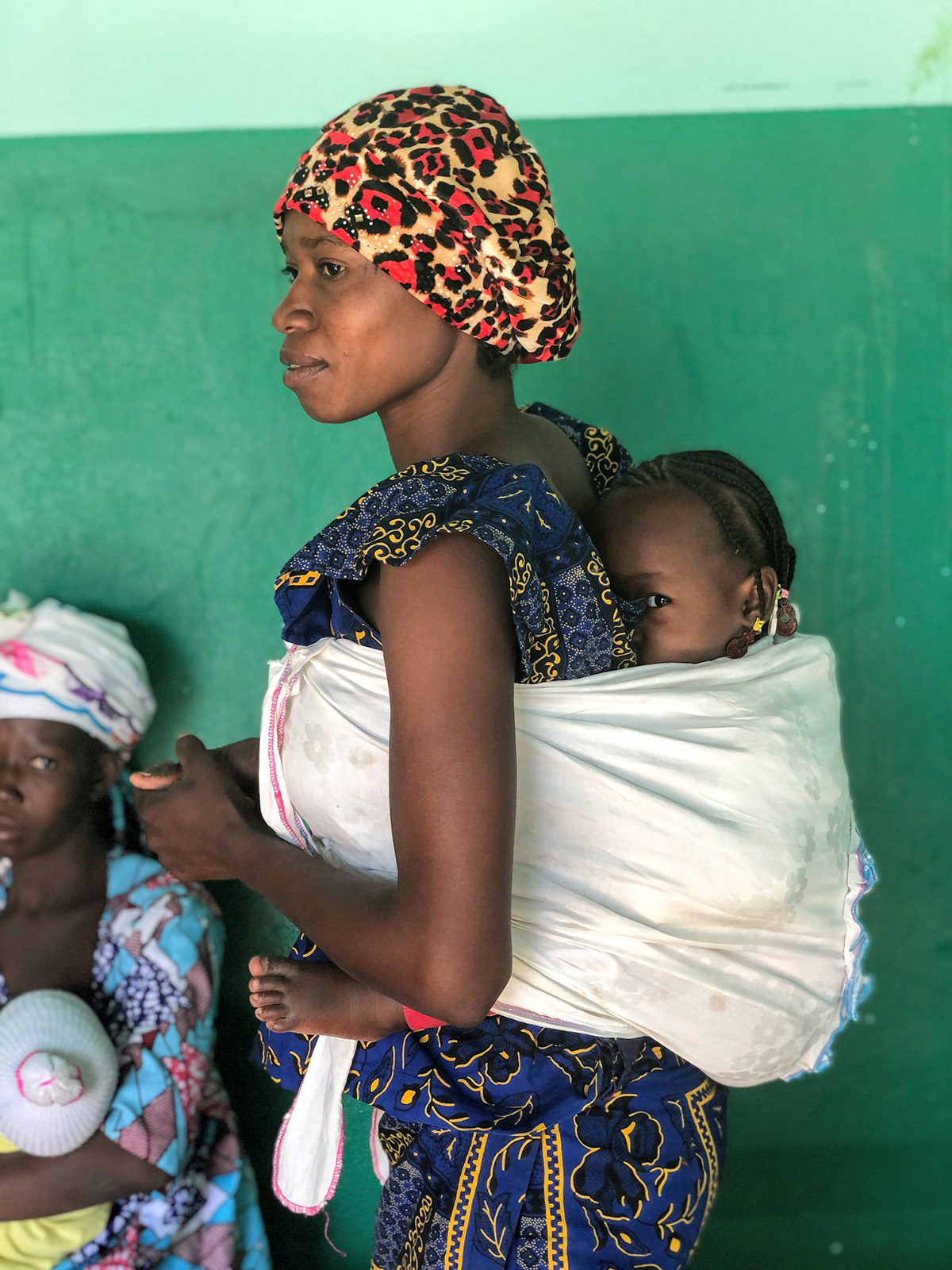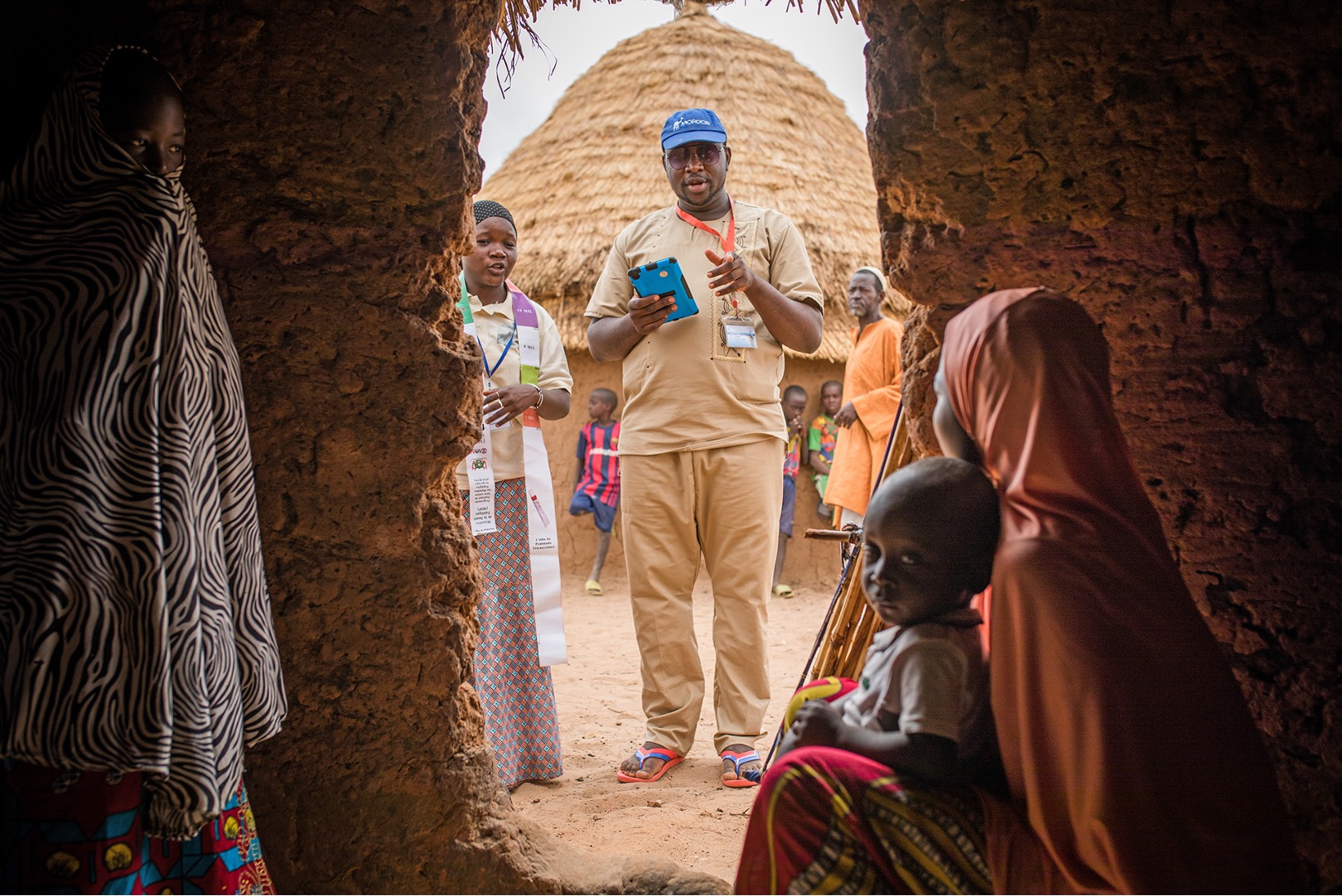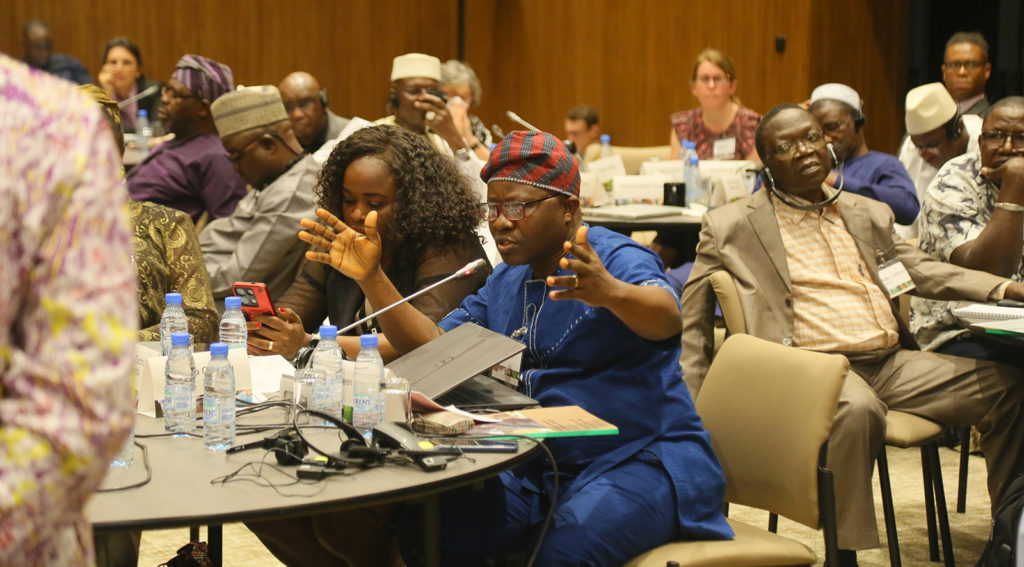The Resiliency through Azithromycin for Children (REACH) portfolio is a group of studies and programmes that seek to optimize and scale up azithromycin mass drug administration (MDA) to children living in areas of high child mortality, in order to bring about reductions in all-cause child mortality.
Making a difference to communities and lives.

REACH’s goal is to reduce infant mortality through phased roll-out of azithromycin MDA to areas in target countries where the infant mortality rate is higher than 60 per 1000 live births.
Results from the REACH trial, MORDOR, carried out in Malawi, Niger, and Tanzania between 2014 and 2017, showed that biannual mass treatment with azithromycin reduced under-five-year-old mortality by 13.5%, with the largest reductions seen in infants aged 1-5 months and in those areas where mortality rates were highest. In Niger alone, the reduction was 18.1%.
Based on these results, updated WHO guidelines recommended biannual azithromycin MDA for 1-11-month-old children in settings where the under-five-year-old mortality rate exceeds 80 for every 1,000 live births or where infant mortality exceeds 60 per 1,000 live births.
With a number of interventions now either in progress or having been completed, and as the results of REACH research projects begin to be disseminated, the REACH Network brings together programme managers and researchers working, to share experience and expertise, and to consider the vital next steps for possible scale-up of REACH interventions in participating countries.

REACH’s ultimate goal is a reduction in infant mortality in all participating countries.
The intervention will seek to target potentially all 1-11 month old infants in countries and areas with high under five mortality.
The REACH Network
The REACH Network exists to facilitate exchange and collaboration between participating REACH study teams, and to ensure that researchers and policy-makers are able to share best practice and experiences in the service of REACH’s goal of scaling up the mass distribution of azithromycin in eligible territories.
Key principles
Promoting best practice
To ensure global best practice within the REACH Network through the provision of advisory, technical, and peer support to all REACH programs
Country-led
Areas of focus for the REACH Network will be driven by need within and across individual participating countries. The REACH Network works in an advisory and non-executive capacity to bring members together.
Connecting researchers and policy-makers
Enabling exchange
The REACH Network provides a respectful platform for collaboration and cross-learning between researchers, policymakers, health officials, implementors and beneficiaries.
Feasibility frameworks
The Network supports members in the development of guidance documents for research, policy adaptation, and public health adoption of azithromycin MDA.
Responsibility and accountability
Focus on action
The Network will initiate discussions for adoption / adaptation of policy, guidelines, and frameworks to improve child health, based on evidence obtained by REACH studies
Disseminating results
The REACH Network will support dissemination of REACH research teams’ work and results, through structured and open communication channels.
REACH — A member-driven network
The REACH Network’s key areas of focus will be driven by individual countries but will include considerations such as monitoring antimicrobial resistance, delivery modes and mortality surveillance systems, along with safety and equitable access to REACH interventions.
